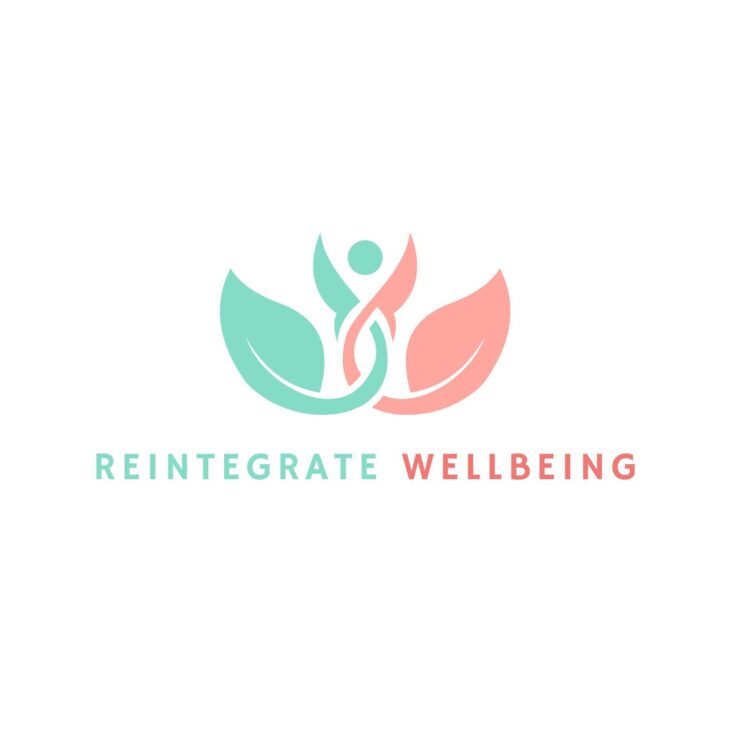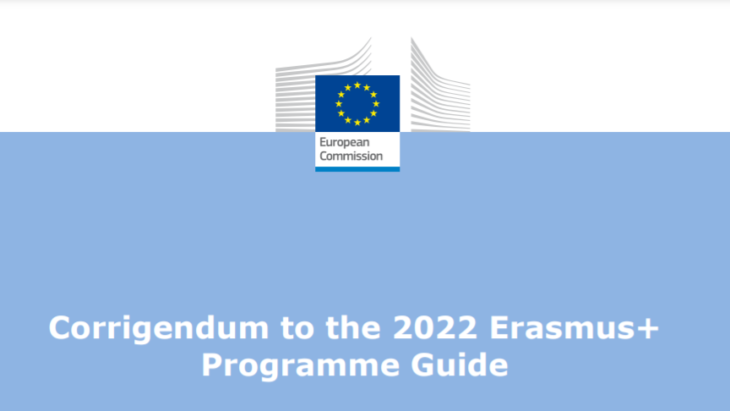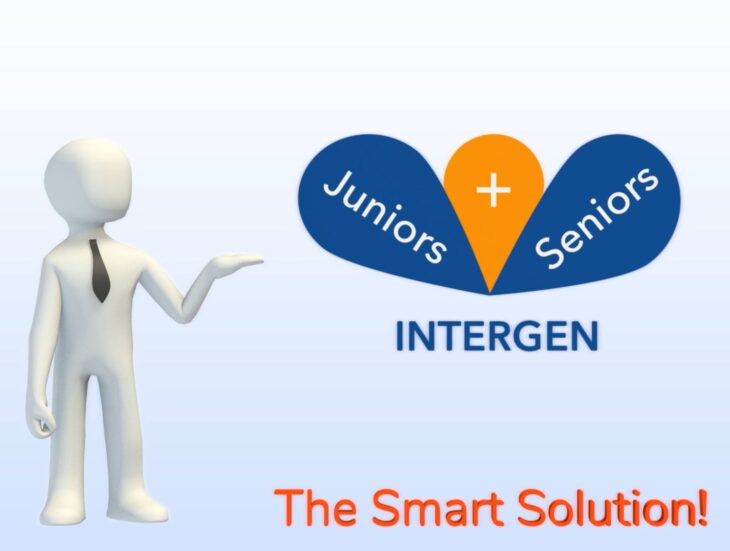28 EU Member States, 6 non-European countries, more than 4 million participants: these are the figures that make Erasmus the most successful European program in education and training.
An effective tool for promoting European citizenship, since 1987 the Program has followed the evolution of contemporary society, without ever losing the innovative and spirit that marked its birth. Bringing young people closer to the concept of Europe, understood as a space for sharing and comparing different cultures, to give them the opportunity to live a personal and educational life experience, outside their own comfort zone.
Since January 2014, the original program has given room to Erasmus+, the transnational mobility program for Education, Training, Youth and Sport 2014-2020, approved by the European Parliament and the Council of Europe with EU Regulation N 1288/2013, which has expanded its boundaries involving the working and entrepreneurial dimension of its participants.
It’s an extension of opportunities also indicated by the adjective “Plus” of the new name, used to emphasize that, under the Erasmus, the actions aimed at upper secondary schools and professional training as well as teachers, educators, adults and young people, continue.
Support the educational, professional and personal development of individuals in the field of education and training, youth and sport, in Europe and in the rest of the world, thus contributing to sustainable growth, employment, social cohesion and strengthening of the European identity, are the main objectives pursued each year by the longest-lived educational intervention of the European Union.
Erasmus+ is a formidable tool for building a European education area, supporting the implementation of European strategic cooperation in education and training and the related sectoral agendas, continuing cooperation on youth policy in the context of the strategy of Union for Youth 2019-2027 and developing the European dimension of sport.
The Erasmus+ program is contributing to the Europe 2020 strategy for growth, employment, social equity and integration, as well as achieving the ET2020 goals, the EU’s strategic framework for education and training.
The general objectives of the Program are:
– promoting the mobility of individuals for learning purposes as well as cooperation, inclusion, excellence, creativity and innovation at the level of organizations and policies in the education and training sector;
– promoting mobility for non-formal learning and the active participation of young people as well as cooperation, inclusion, creativity and innovation at the level of youth organizations and policies;
– promote mobility for the learning of coaches and sports staff as well as cooperation, inclusion, creativity and innovation at the level of sports organizations and policies.
In particular, the opportunities for the Erasmus + school world aim to improve the quality and effectiveness of education, in order to allow all citizens to acquire fundamental skills to be spent later on in the labor market.
Specifically, the Erasmus+ goals for school education include:
• improving the skills of school staff and strengthen the quality of teaching and learning;
• broadening the knowledge and understanding of educational policies and practices in European countries;
• triggering changes in terms of modernization and internationalization of schools;
• create interconnections between formal, non-formal education, professional training and the labor market;
• promoting European mobility activities for pupils and school staff, even in the long term;
• increasing opportunities for professional development and for the career of school staff;
• increasing motivation and satisfaction in one’s daily work.
These objectives are pursued through three key actions, transversal to all sectors:
1. Key Action 1 – Learning mobility, expressed in:
• mobility of students and higher education staff;
• mobility of learners and staff in education and vocational training;
• mobility of pupils and school staff;
• mobility of adult education staff;
• language learning opportunities, including those supporting mobility activities.
2. Key Action 2 – Cooperation for innovation and good practices, through:
• partnerships for cooperation and exchanges of practices, including small-scale partnerships designed to promote wider and more inclusive access to the program;
• partnerships for excellence, in particular European universities, centers of professional excellence and joint masters;
• innovation partnerships to strengthen Europe’s innovation capacity;
• online platforms and tools for virtual cooperation, including support services for eTwinning and for the electronic adult learning platform in Europe.
3. Key Action 3 – Support for policy development and cooperation, ie:
• preparation and implementation of the Union’s general and sectoral policy agendas in the field of education and training, including with the support of the Eurydice network or the activities of other relevant organizations;
• support for Union instruments and measures that promote quality, transparency and recognition of skills, abilities and qualifications;
• political dialogue and cooperation with key stakeholders, including Union-wide networks, European non-governmental organizations and international organizations in the field of education and training;
• measures that contribute to the qualitative and inclusive implementation of the program;
• cooperation with other Union instruments and support for other Union policies;
• dissemination and awareness activities.
The Erasmus+ program is managed by the European Commission, the executive body of the European Union, by the Education, Audiovisual and Culture Executive Agency, by the National Agencies of the Countries participating in the program and by the national offices of some partner Countries, whose participation is limited by specific conditions.



















